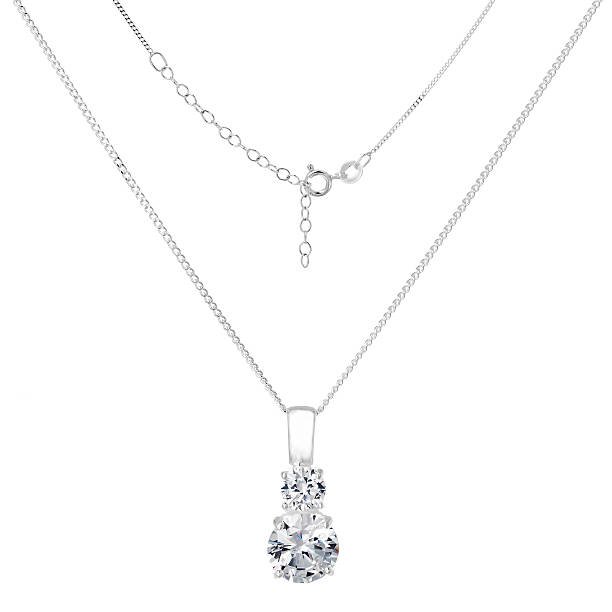The Short History of Tanzanite All Entries

The 4Cs (cut, clarity, color and carat) that affect the pricing of gemstones sometimes vary in terms of importance, depending on the jewel. For some jewels, cut is most important. When it comes to the beautiful blue gem tanzanite, color and clarity grade are leading factors that reflect quality and price. Here's a closer look at tanzanite and its value in the jewelry market.
What Is Tanzanite and Where Did It Originate?
Tanzanite is a relatively modern discovery in the jewelry world. It was first documented at Mount Kilimanjaro by the Maasai tribe. This culture found no value in the blue stones, so they presented them to a trader named Manuel de Souza. At first, the trader thought it was sapphire, until he noticed within the depth of the blue gem was a pink and red sparkle.
Trader de Souza claimed to discover the gem but was not sure how to market it. Once the Chairman of Tiffany and Company found out about it, the marketing puzzle was solved. Henry Platt not only headed the world's most famous jewelry manufacturer, he was the gandson of the founder. Platt called tanzanite "the loveliest blue gemstone discovered in over 2,000 years." He then launched an aggressive marketing campaign.
It was Tiffany and Company that named tanzanite after the nation where it was discovered, Tanzania in Africa. From the late 1960s through late 1980s, the firm controlled mines that restricted production of the jewel. In that sense, the world famous jeweler controlled a monopoly for the tanzanite market.
Low supply equates to high prices, which caught the attention of high-end jewelry collectors around the world. But Tanzania was also a democratic socialist nation at that point, as all minerals were owned by the state. The nation's heritage was that of a British colony that won political independence in the early 1960s, but has remained part of the British Commonwealth. Once the nation moved in a more capitalist direction in the 1990s, wider marketing of tanzanite opened up.
One of the reasons tanzanite is such a unique blue rock is that it's comprised of zoisite, which is part of the epidote mineral group. Zoisite is made of calcium, aluminum, silicon, oxygen, and hydrogen.
How Tanzanite Attracts Attention
While blue sapphire is the most popular colored stone, tanzanite is a strong runner-up in this category. Color saturation is particularly important for this stone, as it directly affects perception of intensity. Generally, the more tanzanite is concentrated with blue hues in its depth, the more rare and higher quality it is.
Part of the demand for tanzanite stems from its rarity, as its known deposits are controlled within the Tanzanian town of Merelani. Its limited supply has played a major role in its rising demand. It carries the nickname "one generation gemstone" because it's expected to deplete within the next few decades. Although prices for the gem tripled in the 2000s, they have since stabilized the past decade.
Blue tanzanite stones beautifully and seamlessly match white gold, opal, and diamonds for earrings. Depth of color within the stone and how light shines on it both contribute to tanzanite's eye-catching appearance. Tanzanite and opal also look gorgeous together on a platinum ring.
Conclusion
Selecting tanzanite for jewelry gives an impressive appearance, since it's a widely sought gem that commands high value. It's essential to learn the differences between authentic tanzanite and imitations, even though it's never been officially synthesized in a lab. Contact Ralph Mueller & Associates for more information on this amazing gem and where you can get good deals for it on the global market.